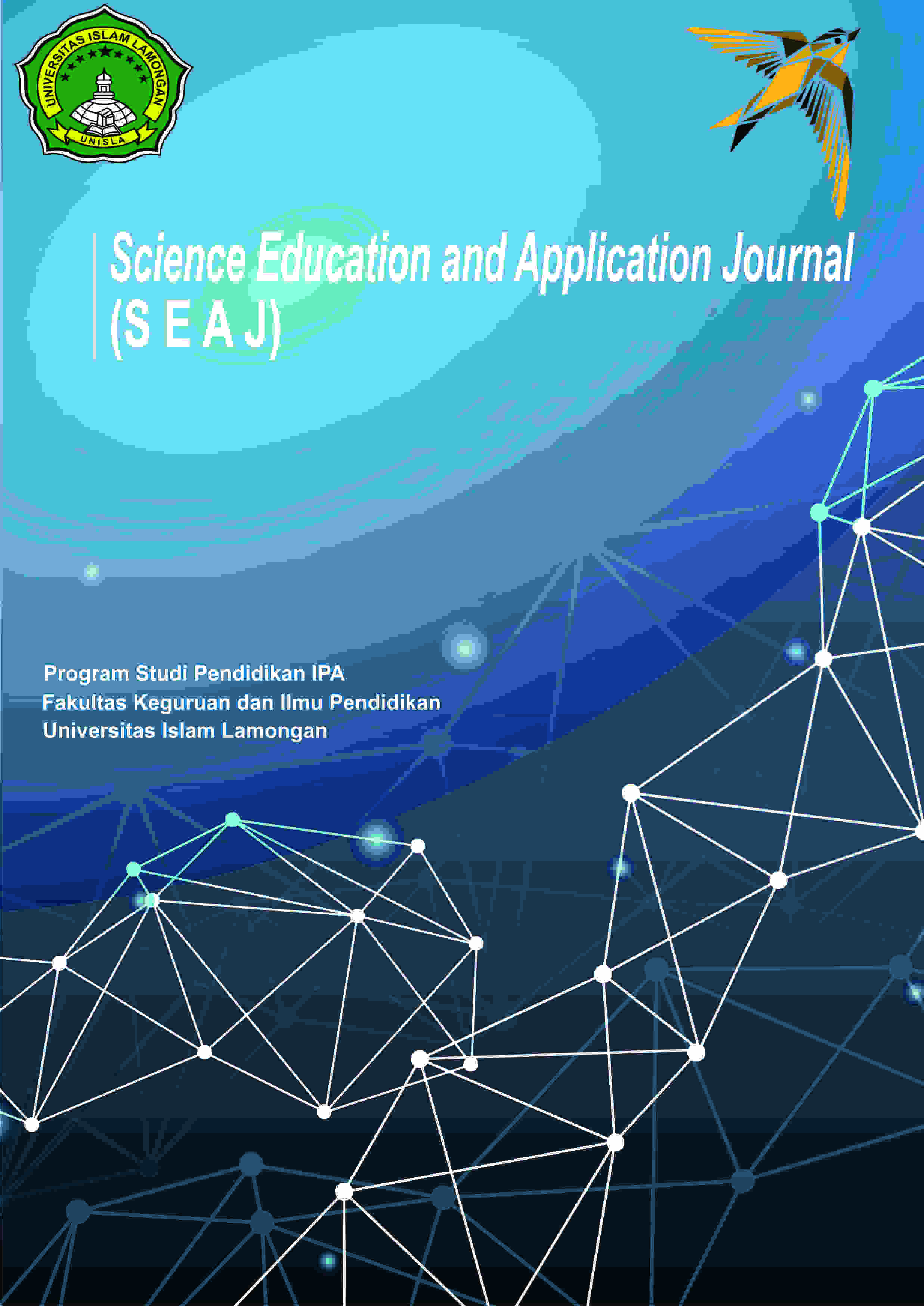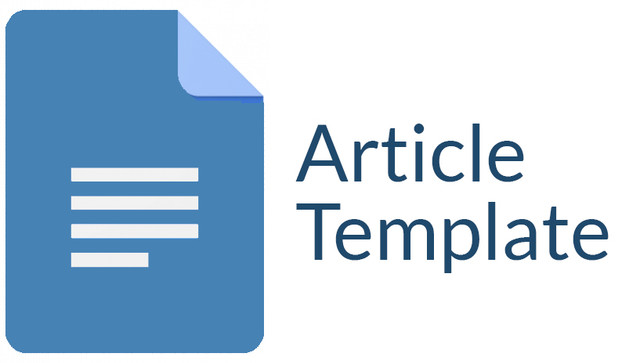POLYSULFONE MEMBRANE WITH ZEOLITE FILLER FOR CO2/CH4 GAS SEPARATION: A REVIEW
DOI:
https://doi.org/10.30736/seaj.v1i1.93Keywords:
Mixed-Matrix Membrane (MMMs), CO2/CH4 Gas Separation, Polysulfone Polymer, Zeolite, ReviewAbstract
Membrane technology for gas separation applications are limited by a "trade-off" curve between permeability and selectivity. It show that permeability is high, selectivity obtained is low. This problem can be solved by preparation of Mixed-Matrix Membrane (MMMs) which can increase the value of permeability and selectivity. The MMMs with polysulfone polymers and zeolite fillers is more corresponding for gas separation. Addition of zeolite filler to polysulfone polymer in MMMs can improve the CO2 separation performance. In this review, mechanism of gas separation in MMMs was carried out in the application of CO2/CH4 gas separation. In addition, the effect of addition, size and pore of zeolite filler in MMMs for binary gas separation were also discussed in this review.Downloads
Download data is not yet available.
Downloads
Published
2019-04-09
How to Cite
Susanti, I. (2019). POLYSULFONE MEMBRANE WITH ZEOLITE FILLER FOR CO2/CH4 GAS SEPARATION: A REVIEW. Science Education and Application Journal, 1(1), 10–16. https://doi.org/10.30736/seaj.v1i1.93
Issue
Section
Artikel
License
Authors who publish with this journal agree to the following terms:
- Authors retain copyright and grant the journal right of first publication with the work simultaneously licensed under a Creative Commons Attribution-ShareAlike 4.0 International License that allows others to share the work with an acknowledgment of the work's authorship and initial publication in this journal.
- Authors are able to enter into separate, additional contractual arrangements for the non-exclusive distribution of the journal's published version of the work (e.g., post it to an institutional repository or publish it in a book), with an acknowledgment of its initial publication in this journal.
- Authors are permitted and encouraged to post their work online (e.g., in institutional repositories or on their website) prior to and during the submission process, as it can lead to productive exchanges, as well as earlier and greater citation of published work (See The Effect of Open Access).

This work is licensed under a Creative Commons Attribution-ShareAlike 4.0 International License.










